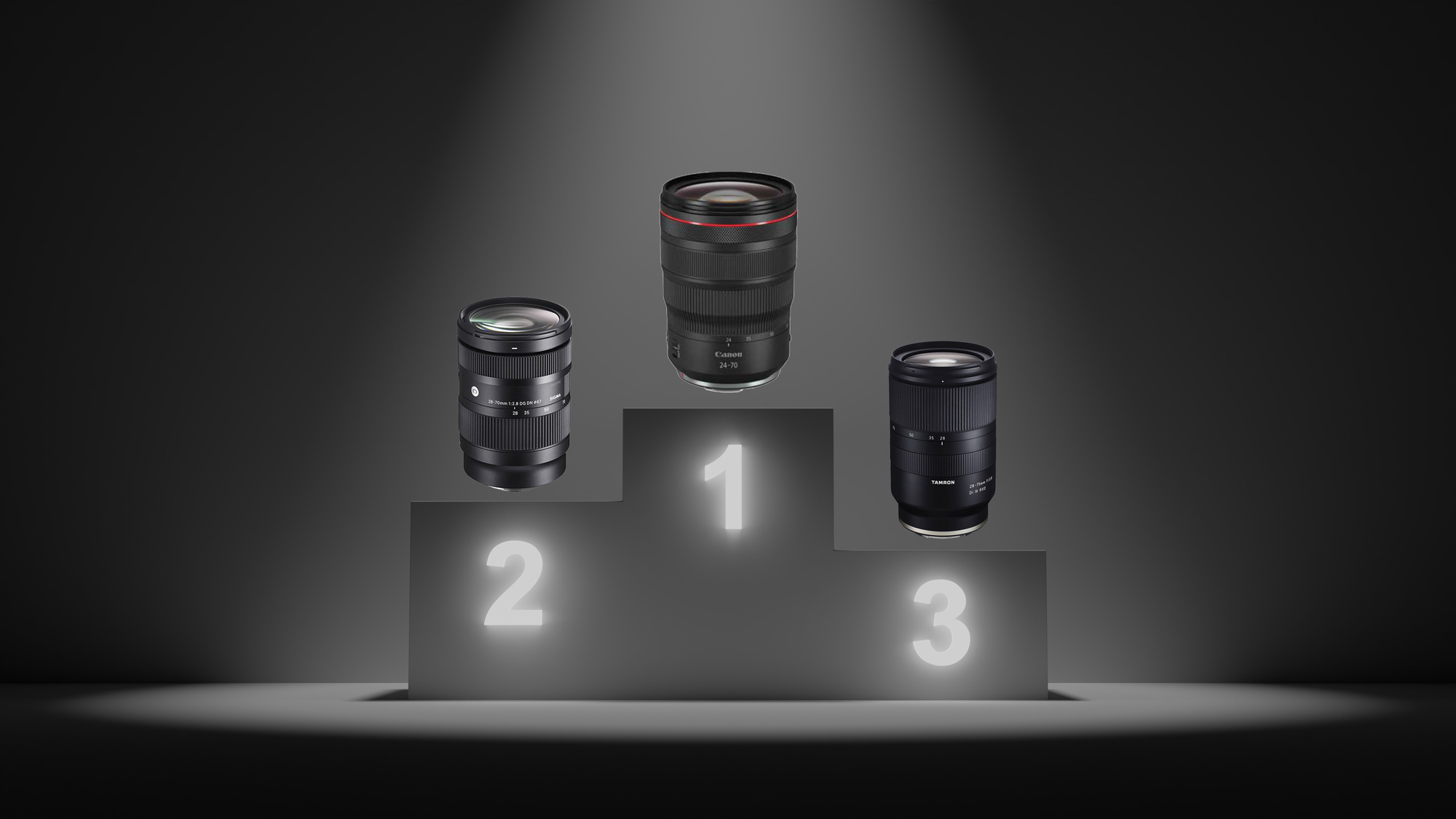Sigma and Tamron are beating Sony and Nikon in the lens market
Canon remains at the top, but Sigma and Tamron follow close behind – knocking Nikon and Sony out of the top 3

There is some fierce competition in the interchangeable lens market right now, and some of the top players may come as shock. While it's hardly surprising that Canon is sitting at the top (although only just), the camera and lens giant is followed closely by third-party lens manufacturers Sigma and Tamron in Japan.
For the longest time, Canon, Nikon and Sony were the kings of portrait lenses, telephoto lenses and wide-angle lenses. However, in the last few years, Sigma and Tamron have not only released some seriously shout-worthy lenses but they’re often a lot more affordable than first-party equivalents.
From the latest Japanese data there is just 3.3% separating the top 5 market shareholders in the interchangeable lens market, with Canon in first place (17.1%), Sigma in second (16%), Tamron coming in third (15.1%) followed by Sony in fourth (14.2%) and finally Nikon in fifth (13.8%). OM Digital Solutions (previously Olympus), Panasonic and Fujifilm are also listed, although these companies have a significantly smaller share at just 8.6%, 4.6% and 4.2% respectively.
The data, collected by BCN Ranking from Japan's leading retailers, proves that while the interchangeable lens market is booming, the traditionally popular manufacturers don’t have the same power as they used to. This allows room for brands such as Sigma and Tamron to make their way to the top of the leaderboards.
While camera sales continue to prove sluggish, lenses are still doing well – which BCN identifies as the big difference between cameras and camera phones:
"One of the great pleasures of an interchangeable-lens camera is that you can change the lens to your liking and enjoy shooting. Cameras with interchangeable lenses are gaining in popularity in search of something that smartphones do not have, and the interchangeable lens market is booming."
Despite the best camera phones getting so good they are drastically reducing the number of camera units being sold every year, these figures are a positive sign people are still investing in traditional camera systems.
Get the Digital Camera World Newsletter
The best camera deals, reviews, product advice, and unmissable photography news, direct to your inbox!
While Sigma and Tamron may not be licensed to make identical lenses to those released by Canon and Nikon, these third-party brands have found clever solutions to the problem. The first is by launching lenses that are ever so slightly different, such as the Sigma 28-70mm f/2.8 DG DN, and by ensuring that the lenses they do produce undercut the big brands without cutting down on quality.
Check out the best professional cameras for top-spec, advanced systems or the best cheap cameras if you are just starting out.

Having studied Journalism and Public Relations at the University of the West of England Hannah developed a love for photography through a module on photojournalism. She specializes in Portrait, Fashion and lifestyle photography but has more recently branched out in the world of stylized product photography. Hannah spent three years working at Wex Photo Video as a Senior Sales Assistant, using her experience and knowledge of cameras to help people buy the equipment that is right for them. With eight years experience working with studio lighting, Hannah has run many successful workshops teaching people how to use different lighting setups.
